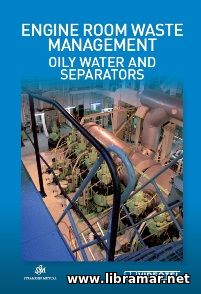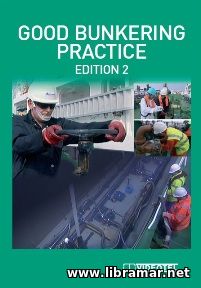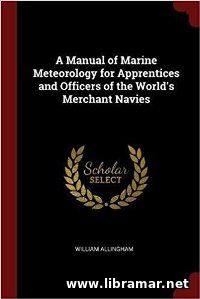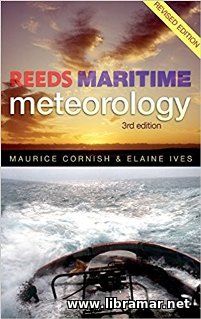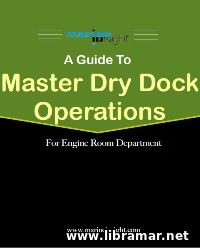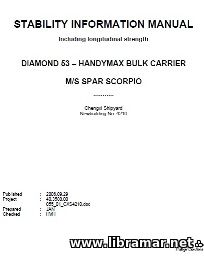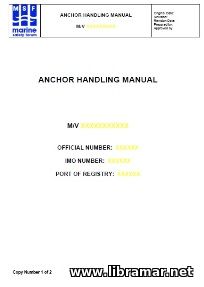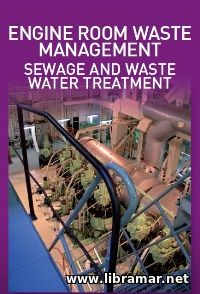
This training set made of the video and associated training booklet belongs to the package including three other parts covering the oily water and separators, sludge and the incinerator, and the oil record book. The original intention of the authors of this booklet was to enable ship engineer officers to conduct training sections for the groups of engine room personnel.
Upon completion of this part of the training the trainees will get the understanding of the operation of the extended aeration plants, review the applicable international regulations that govern the discharge of the shipboard sewage. They will also have an opportunity to discuss how to control what should go to into the sewage treatment plant and what should not, and review the established procedures to be followed when conducting the routine technical maintenance of the plants, shutting them down for cleaning and removal of the collected sludge from inside.
And, what is the most important, they will be able to properly relate the points that have been raised in this video and booklet to the actual operation of the shipboard sewage treatment plants. Recommended to the machinery room personnel of any vessel.
